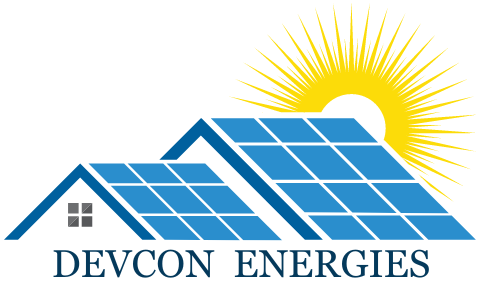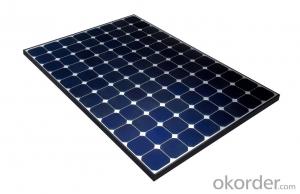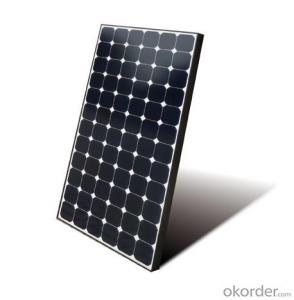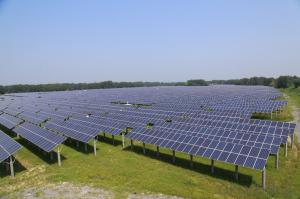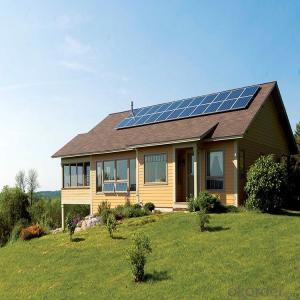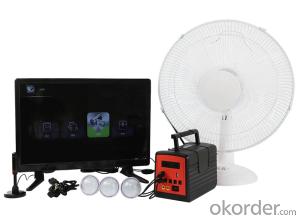200KW CNBM Monocrystalline Silicon Panel for Home Using
Description
he price of solar power, together with batteries for storage, has continued to fall so that in many countries it is cheaper than ordinaryÿfossil fuelÿelectricity from the grid (there is “grid parity”). For example in 2015, an average home in Europe or the US could use around 3,000ÿkilowatt-hourÿ(kWh) in electricity each year.[1]ÿTwelve 280 watt solar PV modules (each generating 250ÿkWh annually) would generate at least 3,000ÿkWh each year, even in a cloudy country like the UK. An example market price would be about 8,000 in the UK, $12,000 in the US, or ?10,000 in theEurozoneÿin 2015, which is certain to continually fall,[2]ÿallowing permanent energy independence for each household. Most governments haveÿfeed-in tariffÿsystems that allow homeowner to sell surplus energy back into the grid, and make a future profit on their investment.Off-the-grid homes areÿautonomous; they do not rely on municipalÿwater supply,ÿsewer,ÿnatural gas, electrical power grid, or similar utility services. A true off-grid house is able to operate completely independently of all traditionalÿpublic utilityÿservices. The idea has been recently popularized by certain celebrities includingÿEd Begley, Jr.[1]ÿwho stars inÿLiving with Ed[2]ÿtelevision show on theÿHome & Garden Televisionÿ(HGTV) network. ActressÿDaryl Hannahpromotes off-grid living and constructed her home in Colorado according to those principles, as does survival expert andÿDual Survivalÿco-starÿCody Lundin,[3]who lives in a self-designed,ÿpassive solarÿearth houseÿin the high-desert wilderness ofÿNorthern Arizona, collecting rainwater, composting waste, and paying nothing for utilities.[4][5]
Related products
-

CNBM On Grid System 20KW with Certificate UL TUV CE
REQUEST A QUOTE -

30kw Solar Off-grid Power System solar energy
REQUEST A QUOTE -

5kw-50kw solar roof mounting systems,Off grid solar power systems
REQUEST A QUOTE -

Multifunctional Solar Home Lighting Energy System Generator with LED Bulbs
REQUEST A QUOTE
